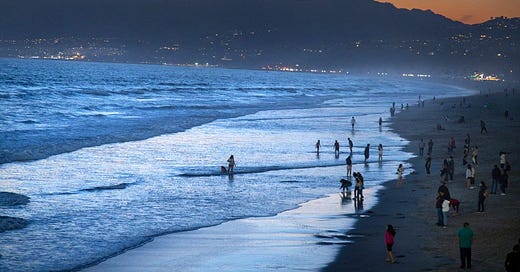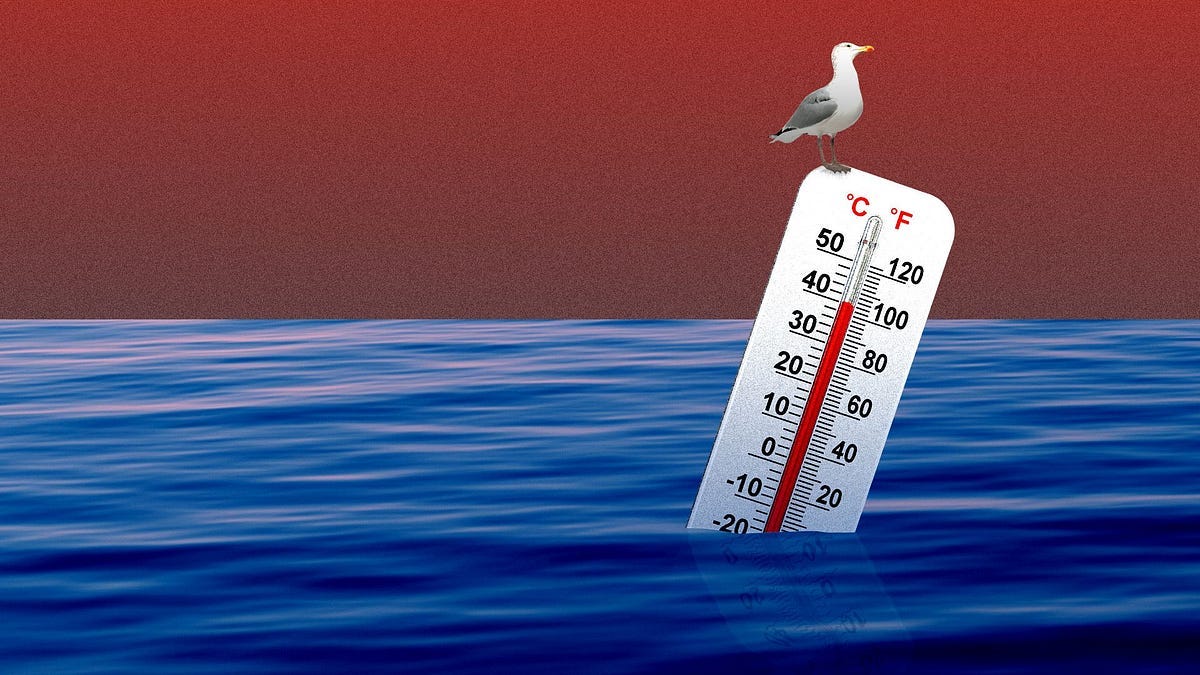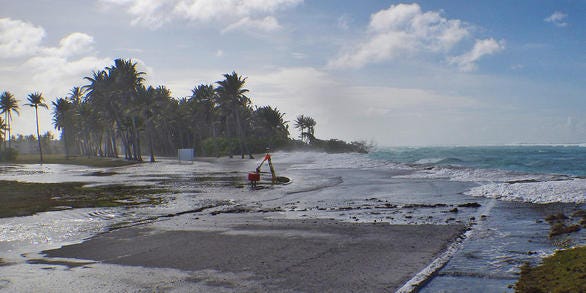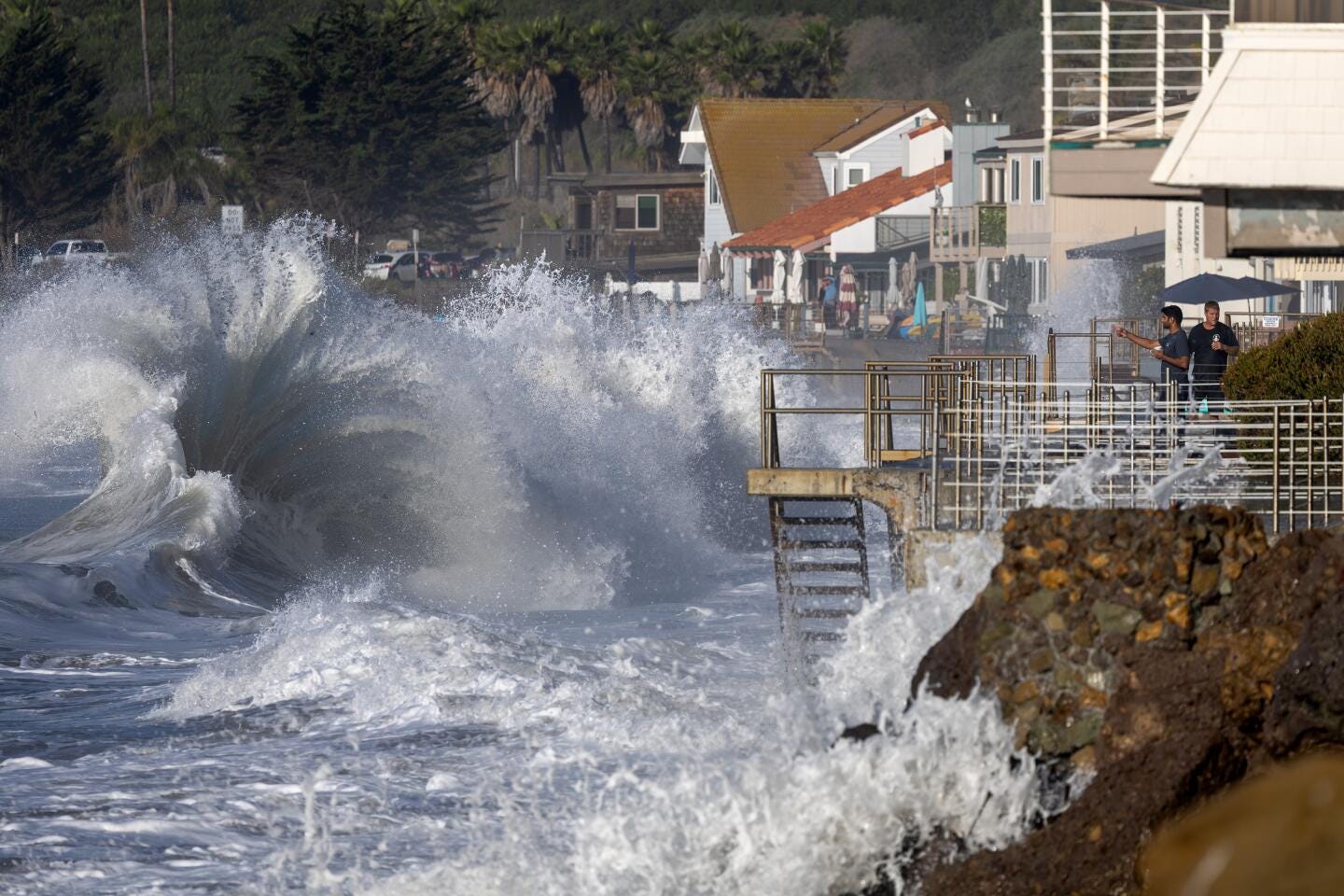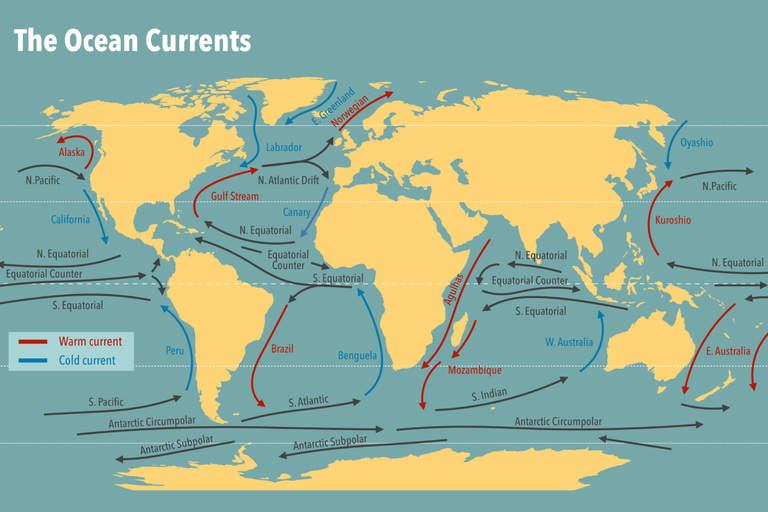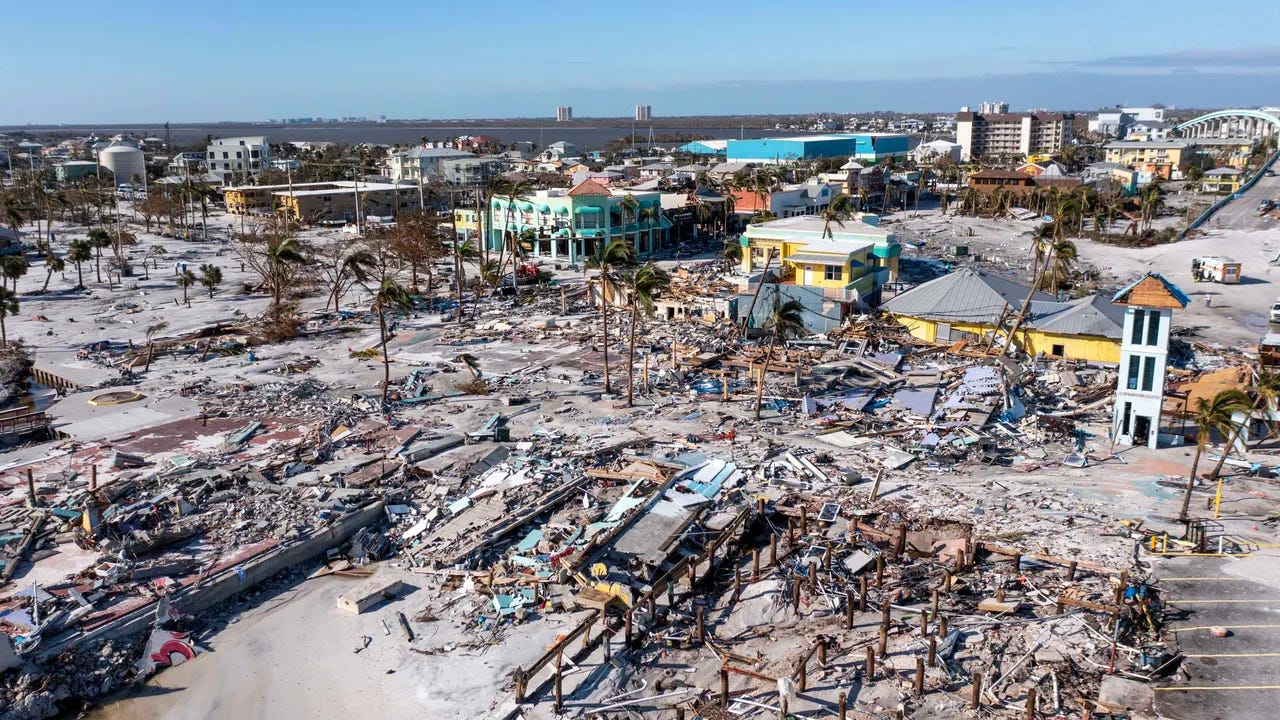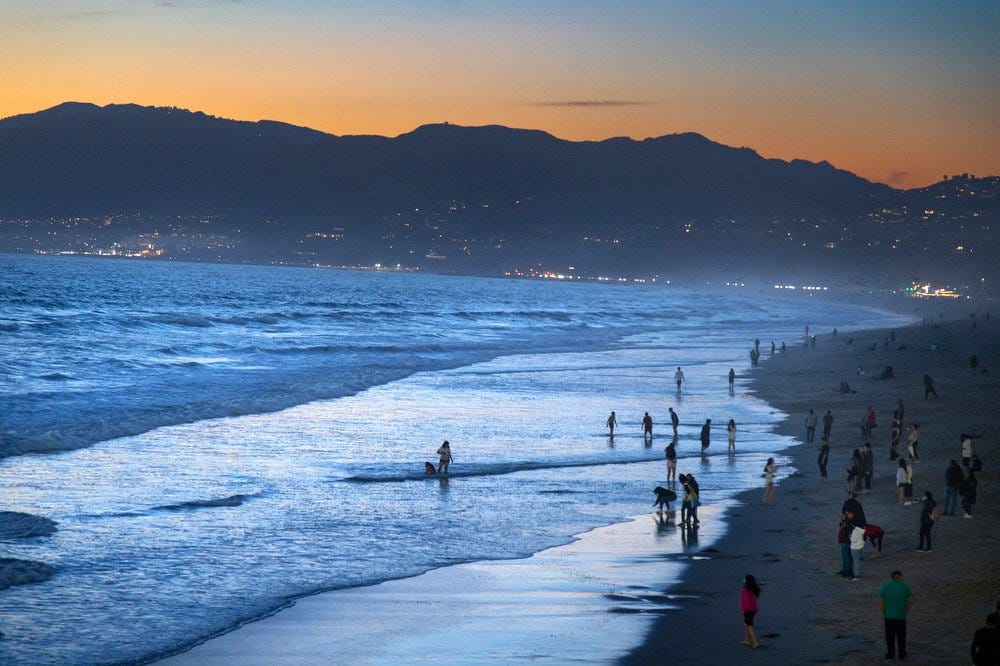The temperature of the oceans is rising. This was starkly driven home in the US last summer when the ocean temperature in the Florida Keys reached F 101.1 degrees (= C 38.4), a new world record. Last year, the state recorded “bathtub temperatures” in the oceans surrounding the entire southern part of the state.
But what is the effect of this, aside from making the water annoying rather than refreshing? This has many impacts, but many of them are not apparent at first glance.
Impacts of warmer oceans
Reduced Ability to Store Carbon
The ocean works as a buffer for carbon dioxide intake. Current scientific research shows that the oceans capture about 31% of carbon dioxide emissions. This reduces the greenhouse gases released in the atmosphere. This process has been remarkably helpful, but we do not fully understand how this works. We understand the carbon cycle in the oceans, but we do not understand the carrying capacity. At some point in the future, the ocean may stop fixing carbon or fix less of it. This will increase the negative impact on fossil fuel use - which is already under intense pressure.
Acidification
As the ocean intakes more and more carbon, it acidifies the seawater. We know that the atmosphere holds much more carbon now than historically. Therefore, the oceans are more acidic now than at any time in the last few millenniums. We have only begun to study the effect of increased acidification on the ocean ecosystem. The results we have examined have been very negative.
Fish eggs fail to hatch as the ocean (and freshwater) become more acidic. This has led to lower fish yields in warmer water. In many lakes affected by acid rain and carbon, fish have disappeared altogether. We understand how this happens, but we have almost no ability to reverse this process in the short term. This also affects frogs and other aquatic life that depend on fish eggs or fish themselves for food.
Crabs, corals, oysters, and other fish that form shells are affected by water acidification. Changes in ocean seawater remove (or make it harder to form) the compounds they need to build shells and skeletons. We can see the obvious effects, as this nutrient failure is one of the causes of coral bleaching.
Temperature increase
The ocean's temperature is rising very quickly. For a long time, the ocean did not seem to be affected by climate change, but it seems to have hit a trigger point, and it is now warming up exceptionally quickly. Increased temperature has the knock-on effect of bleaching coral, which provides a habitat for thousands of species. It also retards the life cycle of fish, reducing numbers and viability. Finally, we know that colder temperatures support more raw numbers of plankton, fish, and fish predators.
Far from being an esoteric issue, billions depend on fish for food. Even fish farming, which has its own problems, as discussed here, cannot compensate for the loss.
Another impact that appears to have hit the tipping point is the loss of Arctic Sea ice. Less ocean ice in the Arctic reduces the amount of sunlight reflected into the atmosphere. Once the ice is gone, the sea absorbs more of the sunlight’s energy and heat.
Ocean Level Rise
Hot oceans take up more space than cold oceans. Even without any other factor, ocean heating will still raise sea levels. Sea levels are rising from both warming and the melting of glaciers and ice sheets. It is difficult to separate the impact of these factors separately.
As the sea levels rise, low-lying cities like Jakarta and Miami will see more flooding from smaller storms and high tides. Low-lying countries like Bangladesh and the Maldives are under pressure now, and future sea level rises will be more catastrophic.
Ice sheet melting in the Antarctic is largely due to warmer ocean water undercutting the anchored iced bases of them sheets, allowing them to calf and melt much quicker. This is another process that will manifest itself in higher sea levels.
Direct effect on weather
As we all know, there is a difference between climate and weather. However, some changes to the weather can be traced back to the change in ocean temperatures. Warmer air can hold more moisture than cold air. When the ocean temperature rises, the cooling effect on the air is reduced. This allows the air to absorb more water. Hotter water is absorbed into the atmosphere faster. This cycle enables larger and more ferocious hurricanes and typhoons, which also hold more moisture and cause more damage. Since 2013, five typhoons in the Pacific have reached speeds above 190 mph. Category 5 storms are when storm winds are above 157 mph. These new storms are more destructive than those we have seen in the past.
The change in ocean temperatures can also affect the air currents. We do not fully understand the impact of climate change from ocean temperatures, but it has changed wind patterns often. The “atmospheric rivers” that dumped record-breaking rains these past two years in the west are becoming more common. In most years, the cold water of the Pacific Northwest would dampen the impact of these storms. A different effect of warmer water in the Arctic Sea has increased “polar vortex” airflow, bringing frigid air deeper into the eastern US.
The (projected) worst is yet to come
Most of the effects of oceanic warming that we are witnessing are slow to come about and then reach a tipping point when changes occur much quicker. Scientist can be surprised as a slow change suddenly accelerates. But there is one change scientists have kept their eyes on for many years. This is the effect of climate change on the Atlantic Meridional Overturning Circulation or AMOC.
The AMOC is the process where a very warm current, the Gulf Stream, is present in most masses of warm ocean water from the Caribbean to the North Atlantic. This warm water moderates the climate of Europe and keeps temperatures warm even at high latitudes. The water then gets colder and drops lower in the ocean, where deep currents take the water back towards Africa and the equator. There, the water is warmed by the sun, rises, and moves to the Caribbean, where it is heated up further, joins the Gulf Stream, and it is all repeated.
Warmer air, and a warmer ocean in the Arctic feed faster melt of snow and glaciers in Greenland and Canada. That cold water then moves between Canada and Greenland towards the Gulf Stream warm waters. If there is enough cold water with more glacier melt, the AMOC will be dampened. The results of this breakdown are mainly unknown. Scientists are sure that the AMOC's collapse will drop the temperatures in Europe and the North Atlantic islands (including the UK) as warm water reduces its flow. It may drop temperatures 5 to 15 degrees in Europe. If this causes sporadic disruption, the impact might be worse. People can adjust to lower temperatures, but it is harder to adapt to wild swings in temperature. The steep drop in temperatures in Europe are not what we would expect from climate change.
Scientists thought, for many years, that the drop in the AMOC might happen but would not occur until centuries from today. Through 2010 there was no indication this might happen, and no proof it was happening now.
The projections have changed drastically since 2010. The latest information is that the AMOC might collapse at the end of this century, but it could definitely happen earlier. So far, our projections have tended to be more positive than the real-world impacts.
What can we do?
I hate to be a pessimist, but I don’t see anything changing. People and countries have ignored the climate problem even where they can see the changes around them. The cost-to-benefit ratio favors short-term inaction over decisive action.
Ocean temperature changes are less visible and seem to have a smaller impact on people. News programs talk about coral bleaching as if it might affect tourism rather than food supplies. The reporting of record-breaking water temperatures in Florida were about how people felt in the water, not down the line impacts on storms and fisheries*. Even the technological attempts to fix carbon from the air do not have a comparable system for the oceans.
As natural fisheries are lost, farm fishing grows to fill in some needs. But farm fishing doesn’t help the ocean ecosystem. Farm-raised fish do not provide nutrients for other fish and don’t produce plankton. Single “crop” systems are more prone to disease disasters than the natural systems they replace, both on land and at sea. A disease may decimate one fish species in the wild, but the ecosystem can cope. If the same type of disease hits a fish farm, an entire farming cycle may be obsolete.
I know what I will do. I’ll continue to drive along the Pacific Coast Highway between Santa Monica and Malibu and sit and listen to the waves when I am sad. It is a sound that predates mankind. It is something I cannot lose—my Zen, so to speak. But now my Zen is flavored with sad mawkishness.
*Although in Florida and other affected areas, the impacts of high temperatures in the ocean are often explained

